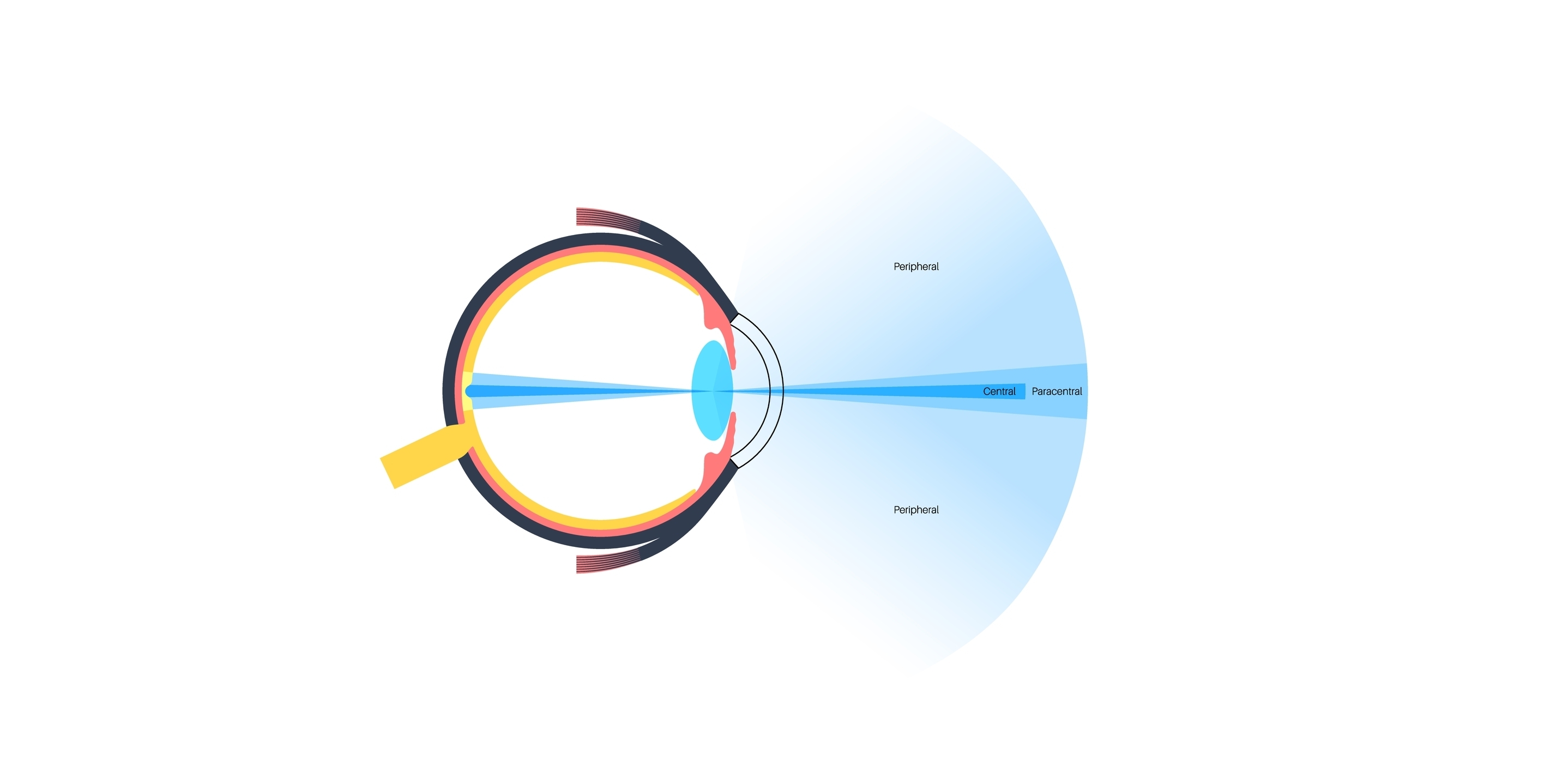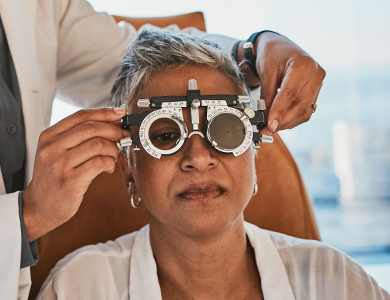
For individuals living with low vision due to injury, or degenerative conditions, the role of peripheral vision becomes even more crucial in daily life. Whether recovering from a traumatic brain injury (TBI), stroke, or other vision-related trauma, understanding and maximizing peripheral vision can significantly improve mobility, spatial awareness, and overall independence. With the aid of specialized low vision devices, individuals can harness the power of their remaining vision to navigate their surroundings safely and efficiently.
Understanding Peripheral Vision’s Role in Recovery
Peripheral vision, or side vision, allows individuals to detect movement, shapes, and light without turning their heads. While central vision is responsible for detail and focus, peripheral vision provides context, helping individuals maintain balance, avoid obstacles, and perceive depth.
For those who have experienced vision loss due to injury, the brain often adapts by relying more heavily on peripheral cues. However, without proper support and training, this adaptation can be challenging, leading to difficulty with walking, reading, or engaging in everyday activities.
How Peripheral Vision Helps Post-Injury Adaptation
Mobility & Navigation: Peripheral vision aids in detecting movement and obstacles, which is critical for safely navigating through environments. Individuals recovering from injuries often benefit from training programs that strengthen awareness of their side vision.
Depth Perception & Balance: Since depth perception can be impaired following an injury, utilizing peripheral vision effectively can help improve spatial awareness, reducing the risk of falls.
Reading & Comprehension: Some injuries affect central vision, making it difficult to read. Leveraging peripheral vision, with the right assistive tools, can help compensate for central vision loss.
Low Vision Devices That Enhance Peripheral Vision
Advancements in assistive technology have led to the development of specialized tools designed to enhance peripheral vision and optimize functional sight. Some of the most effective solutions include:
Prism Lenses: These specially designed lenses help shift images into the user’s remaining visual field, allowing individuals with central vision loss to utilize their peripheral vision more effectively.
Field-Expanding Optics: These tools assist individuals with narrowed peripheral vision by broadening their field of view, making it easier to perceive a wider visual range.
Magnification Aids: Combining magnification with peripheral vision, these devices enhance distance viewing while maintaining spatial awareness.
Digital Vision Enhancement Systems: Wearable technology equipped with cameras and digital displays helps enhance vision by adjusting magnification and contrast in real-time.
Adaptive Lenses: Designed for individuals with partial visual field loss, these lenses redirect light to functional areas of vision, improving sight awareness and overall visual perception.
These advancements continue to expand accessibility and improve quality of life for individuals with visual impairments.
Enhancing Independence with the Right Support
For individuals recovering from injuries that affect vision, learning to optimize peripheral vision can be a game-changer. With the right combination of assistive technology, rehabilitation, and professional guidance, individuals can regain confidence, improve mobility, and maintain an active lifestyle.
Contact Beyond Low Vision to explore the best low vision devices for your post-injury recovery and reclaim the power of your vision! Visit our office in Novi, Michigan, or call (248) 731-9393 to book a consultation today.





